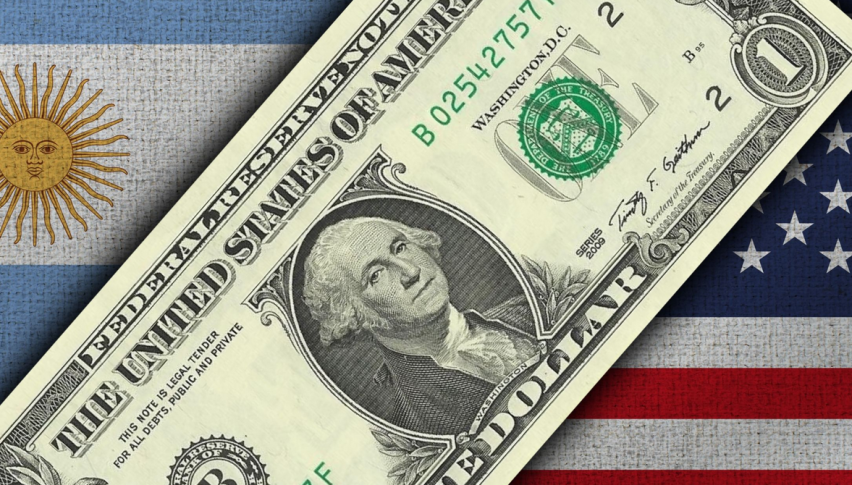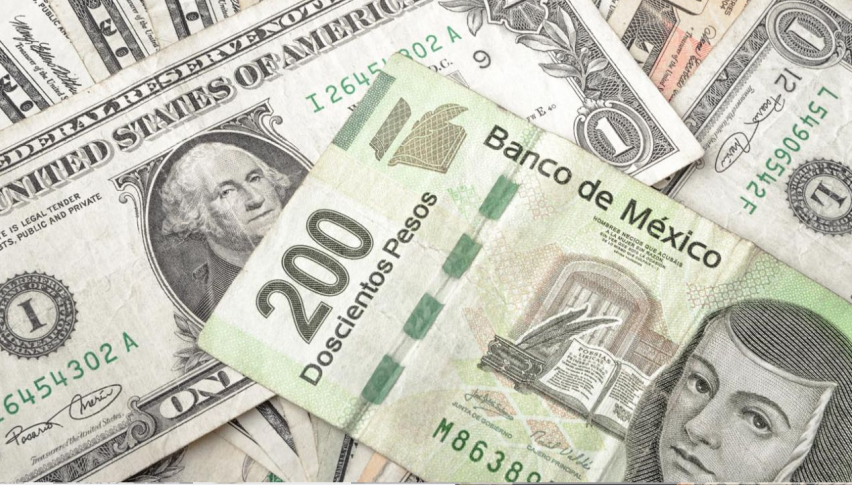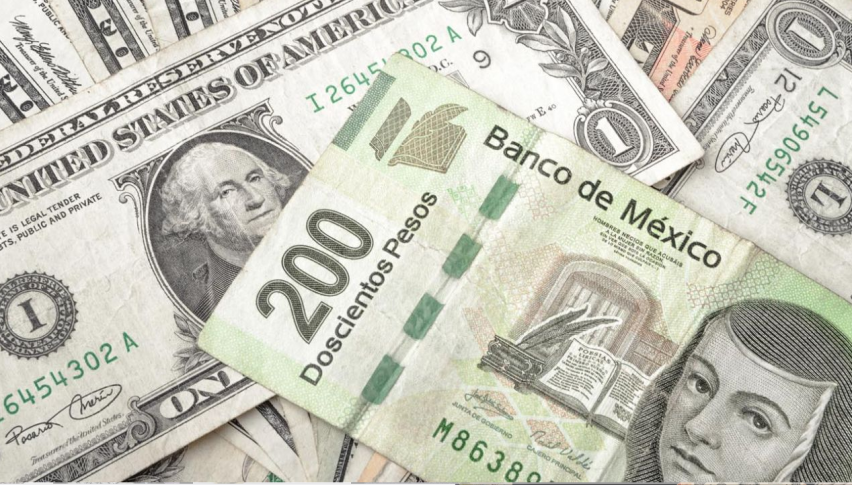The dollar rebounds in Argentina and marks its first increase in 4 sessions.
For the month, the exchange rate recorded a record monthly drop of 13.8% ($165), similar to July 2022 when it fell by 12.4%.

The unofficial dollar bounced by $20 this Friday, March 1st, and closed at $1,020 for buying and $1,045 for selling. Argentina awaits for Milei’s State of the Union on Friday night.

In this way, it broke a streak of four consecutive declines and rose for the first time in eight sessions, although it did not manage to reverse the weekly decrease. Meanwhile, the gap with the official rate widened and reached 24.6%. The parallel exchange rate accumulated a decrease of $35 (-3.2%) in the last week of February. For the month, the exchange rate recorded a record monthly drop of 13.8% ($165), similar to July 2022 when this exchange rate fell by 12.4%.
In Argentina, the presence of multiple exchange rates is primarily a consequence of government policies aimed at controlling currency flows and managing the country’s economic challenges. The official exchange rate, set by the government, is typically lower than the market demand for dollars.
This official rate is subject to government intervention and is often used for specific transactions such as imports, exports, and government operations.
However, restrictions on access to foreign currency and capital controls have led to the emergence of informal markets where individuals and businesses can buy and sell dollars at higher rates, known as the “blue dollar” rate.
The Contado con Liquidación (Blue-chip-swap rate) dollar stands at $1,083.50. Thus, the gap between this exchange rate and the official rate is 28.6%.
Amidst the anticipation of his opening speech for the State of the Union, President Javier Milei posted a passage from the Bible in Hebrew on social media this Friday, included in the Old Testament.
On this occasion, various speculations linked the new post to his speech, and the possibility of announcing a new mega-freedom law or fragmenting it into several projects.
- Check out our free forex signals
- Follow the top economic events on FX Leaders economic calendar
- Trade better, discover more Forex Trading Strategies
- Open a FREE Trading Account



